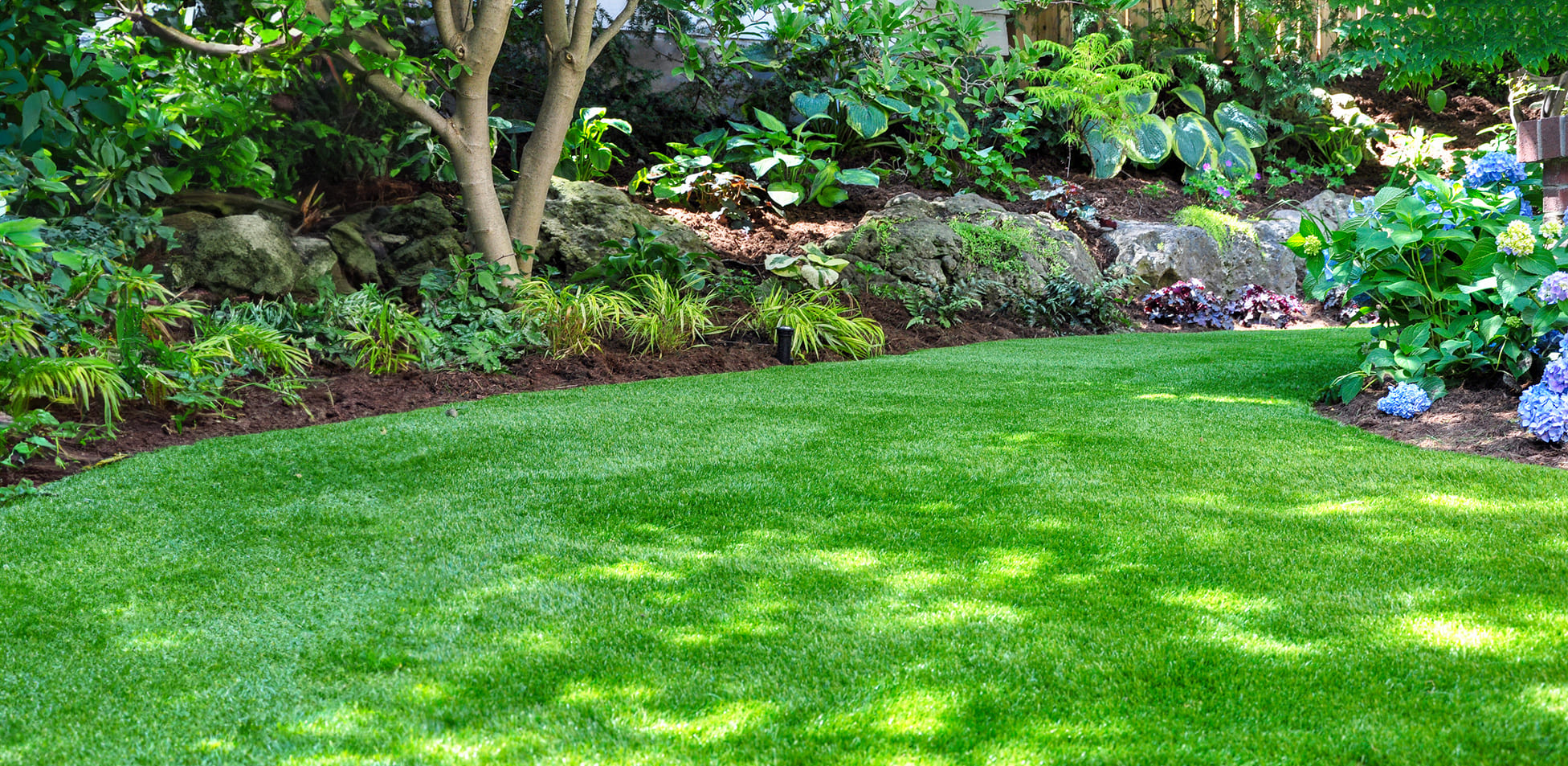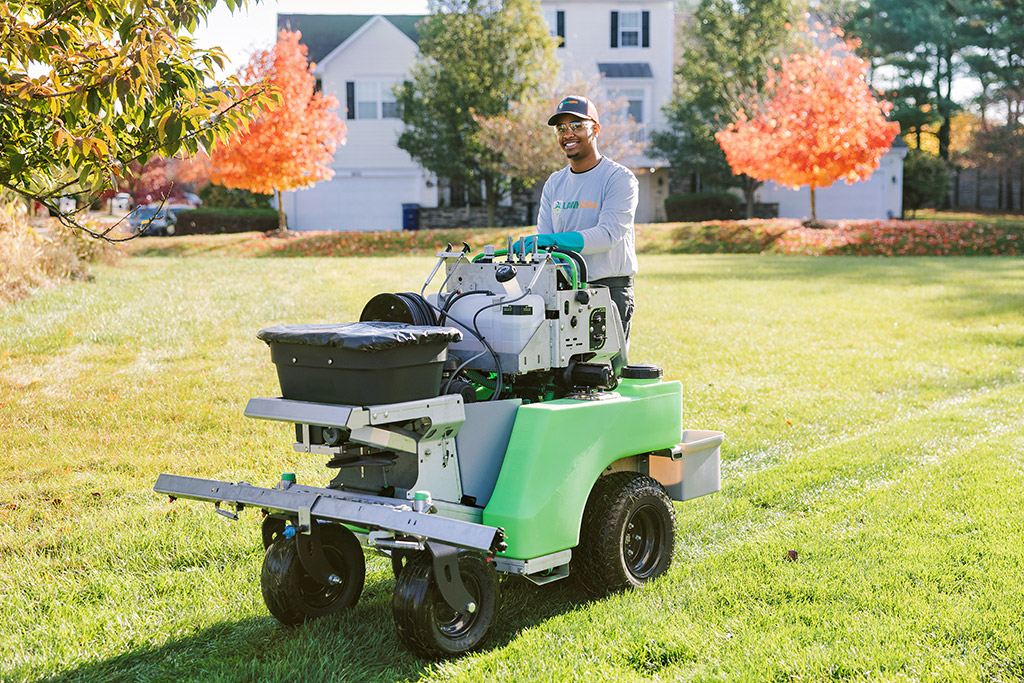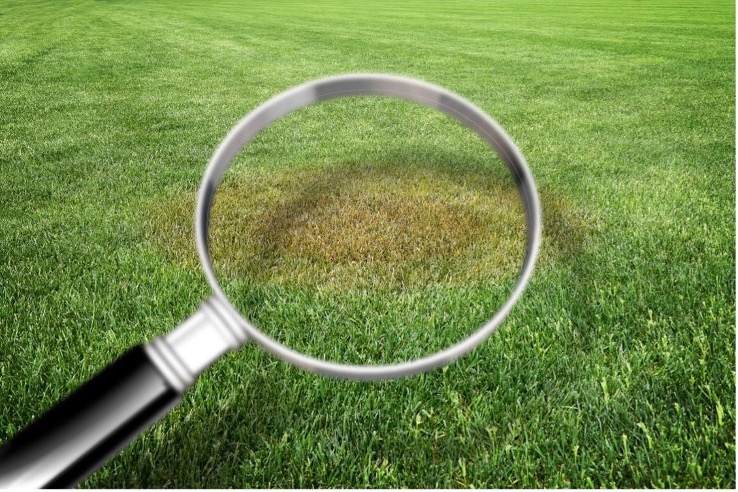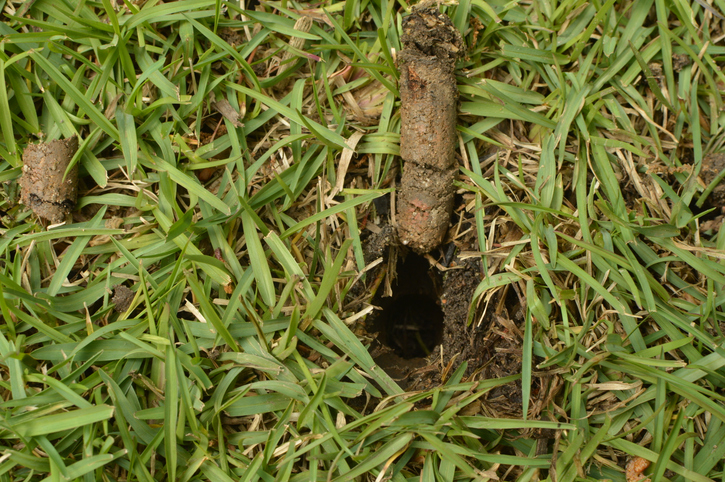New Bedford, MA 02743, USA
Attleborough Falls, MA 02763, USA
Brant Rock, MA 02020, USA
Bridgewater, MA 02324, USA
Bridgewater, MA 02325, USA
Bryantville, MA 02327, USA
E BRIDGEWTR, MA 02333, USA
East Freetown, MA 02717, USA
East Taunton, MA 02718, USA
East Wareham, MA 02538, USA
East Weymouth, MA 02189, USA
Fall River, MA 02720, USA
Fall River, MA 02721, USA
Fall River, MA 02723, USA
Fall River, MA 02724, USA
Freetown, Assonet, MA 02702, USA
Green Harbor, MA 02041, USA
Middleborough, MA 02348, USA
Marshfield, MA 02050, USA
Marshfield Hills, MA 02051, USA
Mattapoisett, MA 02739, USA
Middleborough, MA 02344, USA
Middleborough, MA 02346, USA
Middleborough, MA 02349, USA
Monponsett, MA 02350, USA
New Bedford, MA 02740, USA
New Bedford, MA 02741, USA
New Bedford, MA 02742, USA
New Bedford, MA 02744, USA
New Bedford, MA 02745, USA
New Bedford, MA 02746, USA
North Attleborough, MA 02760, USA
North Attleborough, MA 02761, USA
North Carver, MA 02355, USA
North Dighton, MA 02764, USA
North Easton, MA 02356, USA
North Easton, MA 02357, USA
North Marshfield, MA 02059, USA
North Pembroke, MA 02358, USA
North Scituate, MA 02060, USA
Marshfield, MA 02065, USA
Plainville, MA 02762, USA
Raynham Center, MA 02768, USA
Sagamore Beach, MA 02562, USA
South Easton, MA 02375, USA
South Weymouth, MA 02190, USA
West Bridgewater, MA 02379, USA
West Wareham, MA 02576, USA
White Horse Beach, MA 02381, USA












